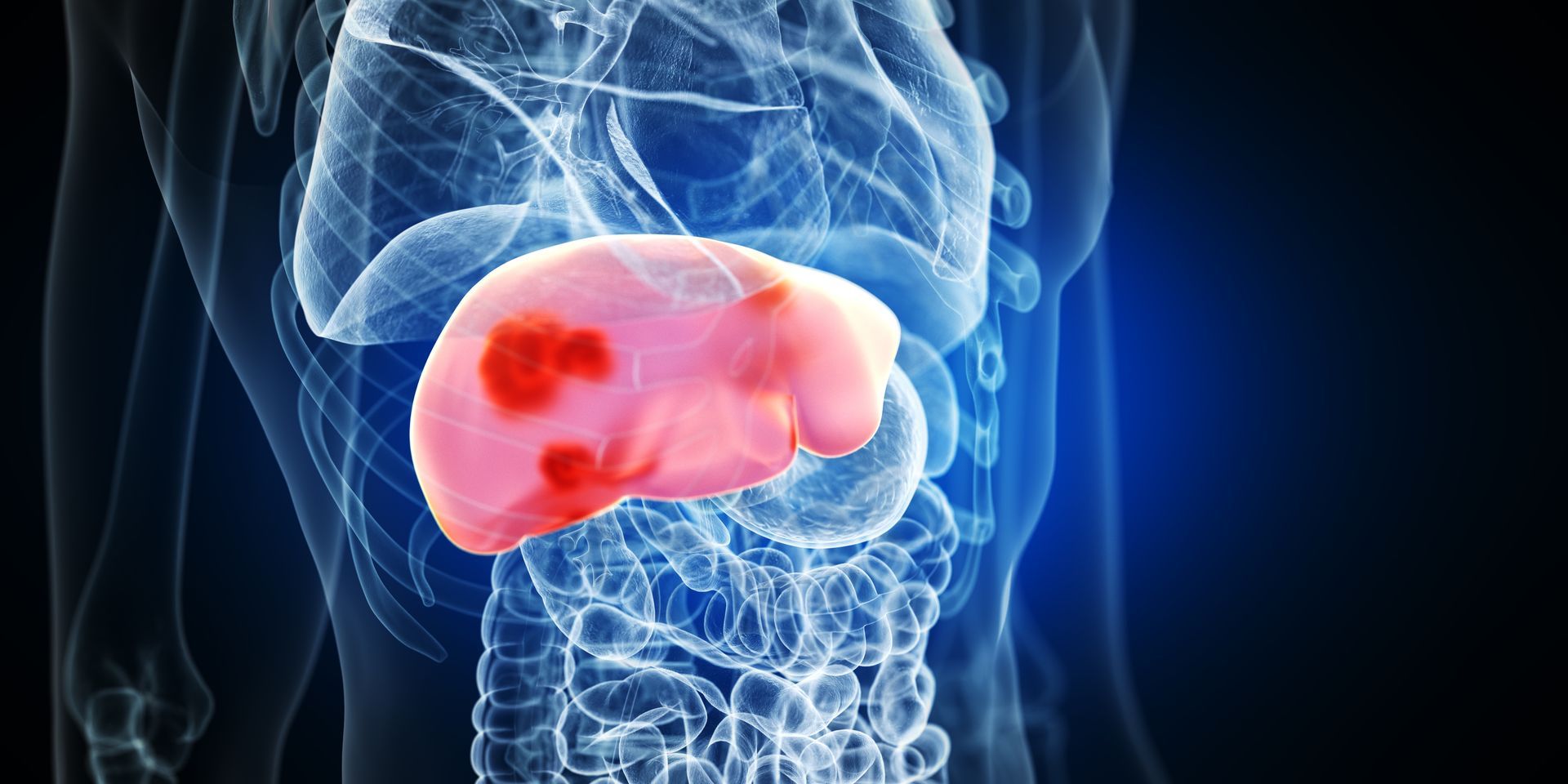Understanding Ischemic Heart Disease: Causes, Symptoms, and Risk Factors
Ischemic Heart Disease (IHD), also known as coronary artery disease (CAD), is a condition characterized by reduced blood flow to the heart muscle. It remains one of the leading causes of death and disability worldwide. Understanding IHD's causes, symptoms, and risk factors is crucial for prevention, early detection, and effective management. This article is an introductory guide to IHD, aiming to provide essential insights into this prevalent condition.
What is Ischemic Heart Disease?
IHD occurs when the arteries that supply blood to the heart muscle become narrowed or blocked. This is often due to plaque buildup, a mixture of fat, cholesterol, and other substances. This process, known as atherosclerosis, can reduce or block the flow of oxygen-rich blood to the heart, leading to heart muscle damage or a heart attack.
Common Symptoms of IHD
The symptoms of IHD can vary greatly among individuals. Some may experience severe symptoms, while others might have none at all. The most common symptom is chest pain or discomfort, often referred to as angina. Angina can feel like pressure, squeezing, fullness, or pain in the center of the chest. Other symptoms may include:
- Shortness of breath
- Nausea
- Fatigue
- Dizziness or lightheadedness
- Pain in the neck, jaw, throat, upper abdomen, or back
It's important to note that symptoms can be more subtle in women and may include fatigue and shortness of breath without chest pain.
Causes and Risk Factors
The primary cause of IHD is atherosclerosis of the coronary arteries. Several factors can increase the risk of developing IHD:
- Age: The risk increases as arteries become narrower and more damaged over time.
- Tobacco Use: Smoking and long-term exposure to secondhand smoke damage the inner walls of arteries.
- High Blood Pressure: High blood pressure can lead to hardening and thickening of the arteries, narrowing the channel through which blood can flow.
- High Cholesterol Levels: High cholesterol levels in the blood can increase plaque formation and atherosclerosis.
- Diabetes: Diabetes increases the risk of IHD, as it is associated with an increased risk of high blood pressure and abnormal cholesterol levels.
- Obesity: Being overweight or obese increases the risk of IHD, partly because these conditions are linked to high blood pressure, high cholesterol levels, and diabetes.
- Physical Inactivity: A sedentary lifestyle is associated with IHD and its risk factors, including obesity, high blood pressure, and diabetes.
- Family History: A family history of heart disease, especially if it occurred at a young age, increases the risk of developing IHD.
- Stress: Unrelieved stress may damage arteries and worsen other risk factors for IHD.
Prevention and Management
Preventing and managing IHD involves addressing the risk factors that contribute to the disease. This includes adopting a healthy lifestyle by quitting smoking, eating a balanced diet, exercising regularly, maintaining a healthy weight, and managing stress. Regular check-ups with a healthcare provider are essential to monitor heart health, especially for high-risk patients.
Medications may be prescribed to manage symptoms and reduce the risk of complications, such as heart attacks. In some cases, surgical procedures like angioplasty or coronary artery bypass grafting (CABG) may be necessary to restore blood flow to the heart.
Conclusion
Ischemic Heart Disease is a severe condition with potentially life-threatening consequences. Understanding its causes, symptoms, and risk factors is the first step toward prevention and effective management. By adopting healthier lifestyle choices and seeking regular medical care, individuals can significantly reduce their risk of developing IHD and improve their overall heart health.









